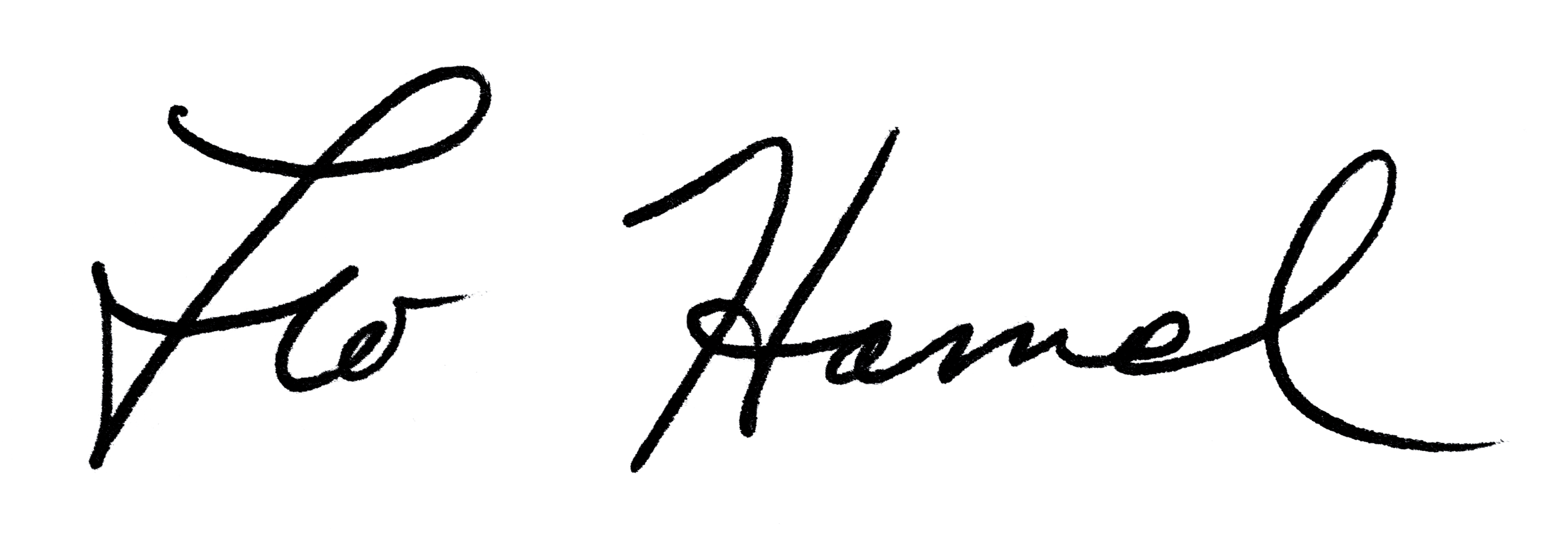
Leo Hamel Fine Jewelers Policy Letter
Diamonds, Handling of
The following policy is designed to prevent the swapping of stones by customers, the accidental swapping of stones in stone papers or the wrong stone getting into a job envelope. One error on this can mean a loss of thousands of dollars.
If you take the viewpoint that these are your diamonds that you are showing to a complete stranger and any loss is coming out of your pocket then you will find yourself being very careful on checking and controlling each and every diamond.
When one gets a diamond from Inventory, or from the diamond safe, one signs it out per policy. Before you walk away you must verify that the correct diamond is in the stone paper. This way you KNOW what you have and what you are showing the customer.
You verify this by checking the weight and measurements or louping it to be sure that you have the correct stone for that stone paper. YOU, the sales person, need to know if you are showing the correct diamond when you show it to the customer.
A general rule is that a stone should be checked with a minimum of two of these methods any time it has left your possession or you have lost sight of it (such as if a customer dropped it on the floor).
If you are dealing with two or more similar stones you may need all three methods.
NO EXCEPTIONS! NO EXCUSSES! NO REASONS FOR NOT DOING IT!
YOU MAY NOT ASK A SALES ASSISTANT OR ANYONE ELSE TO DO IT. THERE IS NEVER ANY SALE THAT IS SO “RUSH-RUSH” THAT YOU CAN’T VERIFY THE DIAMOND BEFORE YOU DELIVER IT OR PUT IT BACK IN THE STONE PAPER.
It is common sense to verify that the right diamond goes into the correct paper. As a security check, one ALWAYS needs to check to see that it is a diamond being put back in and not a CZ. It has happened that a con man will try to swap a CZ (or other diamond simulant) for a diamond. I personally saw this happen and watched a 10ct diamond walk out of the store while the Gemologist was goofing around with the CZ rather than simply weighing and measuring it.
The sales and inventory departments must have the following tools available and working:
- Electronic scale
- Electronic leverage gauge
- Electronic diamond tester
- A microscope or a good loupe
It is the Sales Managers job to see that these are in place and it is each salesperson’s job to know how to correctly use these tools AND TO USE THEM EACH TIME.
Any loose stones that are checked in for setting (whether customer’s or stock) are also verified. This is the responsibility of the person checking in the envelope.
Re-cap of ways to determining which stone is what:
- Loupe or scope the stone (I always loupe a stone before showing it to the customer so that I know what I am showing and can recognize it later).
- Measure the depth or diameter with an electronic gauge. Depth is better as it is a constant number. Virtually all round diamonds are not perfectly round and can have slightly different diameters in one section versus another. Remember that not all gauges measure the same. If HOF or Dream, check the serial number with a microscope.
- Check plotting on certificate (use a loupe or scope).
- Check the color.
- Use a diamond tester.
Of course one should always clean the diamond before putting it back in the stone box. Putty, fingerprints etc. need to be removed so that the next person showing the diamond doesn’t open it up in front of a customer and give a bad first impression with a smudged or dirty diamond.
When inventory accepts the diamond back from the salesperson, they are to verify as above, that the diamond they get back IS the one they gave out. This completes the circle of security on the diamond.
